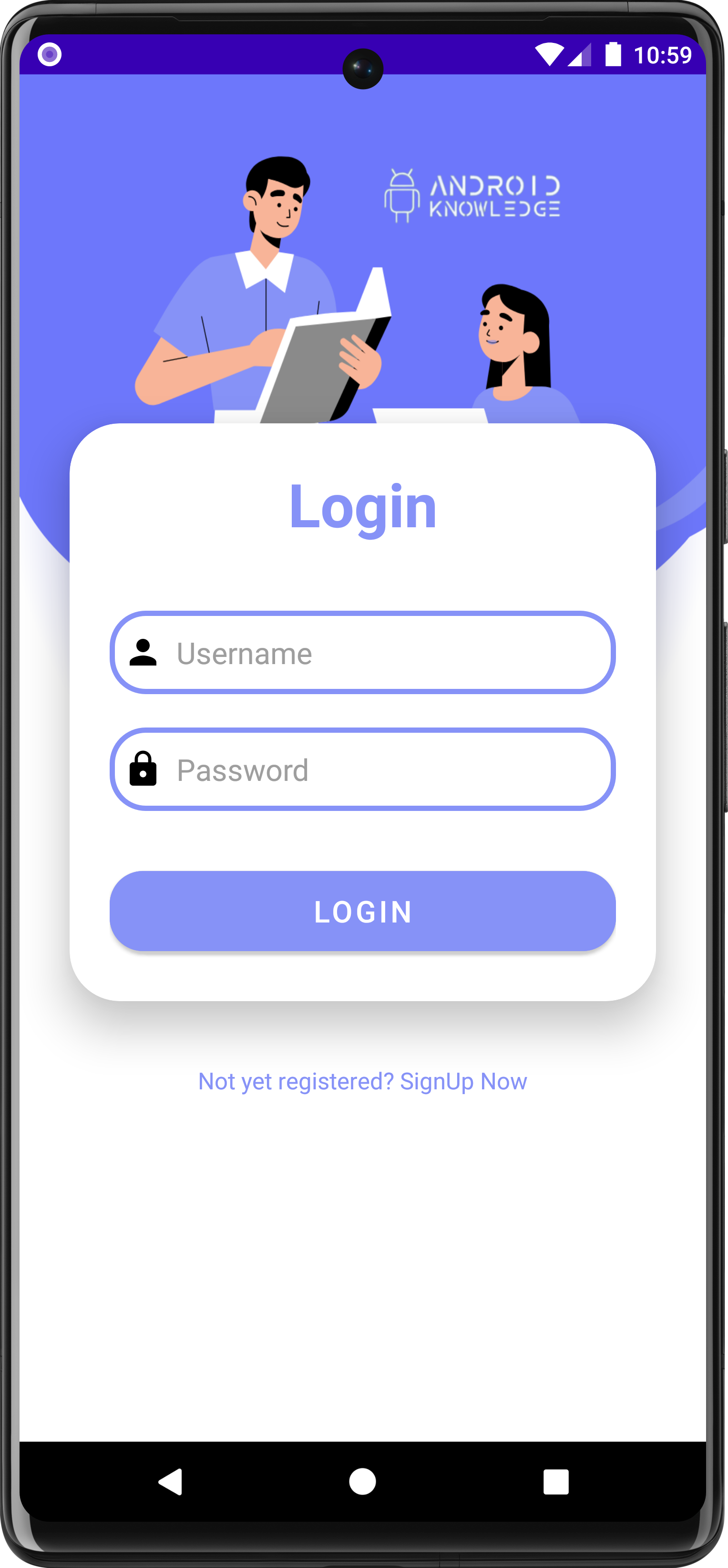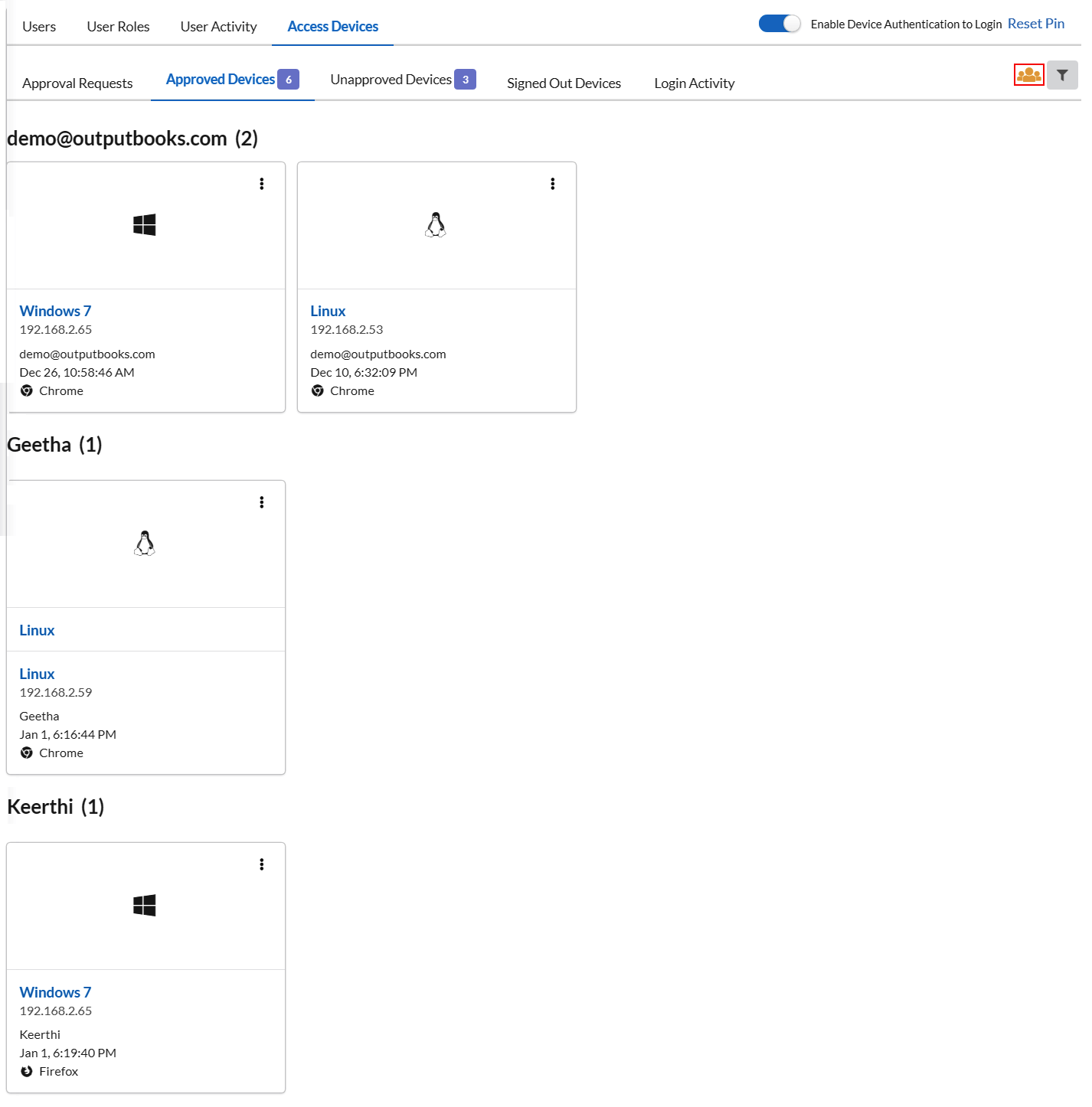Is your digital life at risk? In the ever-expanding landscape of the Internet of Things (IoT), securing your login credentials is no longer just a suggestion; it's a necessity.
The proliferation of remote IoT (remoteiot) devices has brought unprecedented convenience, allowing us to control and monitor everything from our smart homes to industrial machinery. But this interconnectedness comes with a significant responsibility: protecting these devices and the sensitive data they generate from cyber threats. Without a strong defense, these systems are vulnerable to exploitation.
The digital age has ushered in an era where our physical and digital worlds are inextricably linked. Remoteiot technology has fundamentally changed how businesses and individuals manage their IoT devices, providing unprecedented flexibility and convenience. The ability to remotely access and control these devices from anywhere in the world is a powerful tool, driving innovation across various sectors. Whether it's monitoring environmental sensors, controlling industrial automation systems, or managing smart home appliances, the applications of remote IoT are vast and continuously expanding. However, with this increased accessibility comes an increased responsibility to safeguard the data and devices from potential threats.
The importance of a secure login process in remoteiot systems cannot be overstated. It serves as the first line of defense against a range of cyber threats. When authorized users access the system, the data is protected from prying eyes. A robust login system ensures that only those with proper authentication can access and manage the system. Without proper authentication mechanisms, hackers could easily gain unauthorized access to sensitive data and disrupt operations. This could lead to data breaches, operational downtime, and reputational damage.
Securing your remoteiot devices starts with understanding the fundamentals of password management. Good password management is the foundation of secure remoteiot access. Many users face challenges when it comes to safeguarding their credentials, especially in a world where cyber threats are becoming increasingly sophisticated. The following table encapsulates key points to consider when it comes to secure password management.
| Aspect | Details |
|---|---|
| Password Complexity | Passwords must have a minimum length and should include a mix of uppercase and lowercase letters, numbers, and special characters. Avoid using easily guessable information like birthdates or common words. |
| Regular Updates | Change passwords regularly, at least every 90 days. This helps to mitigate the risk of compromised credentials being used for unauthorized access. |
| Uniqueness | Use unique passwords for each remoteiot account. Avoid reusing the same password across multiple platforms, as a breach on one service can expose all others. |
| Two-Factor Authentication (2FA) | Enable 2FA wherever possible. This adds an extra layer of security by requiring a second verification method, such as a code sent to your phone. |
| Password Managers | Consider using a password manager to securely store and generate strong, unique passwords. These tools can also help you manage and update your passwords easily. |
| Phishing Awareness | Be vigilant about phishing attempts. Never click on suspicious links or provide your login credentials on untrusted websites. Always verify the authenticity of login pages. |
| IP Address Restrictions | Restrict IoT device access to specific IP addresses or login IPs in the web browser. |
| Port Scanning Protection | Make your IoT device virtually invisible to any port scans to protect against DDoS attacks. |
The process of creating a strong and secure password, is a simple yet crucial practice. A strong password needs to meet certain criteria to ensure that it is resilient against common hacking techniques. Password complexity must be comprised of at least three of these criteria: a minimum length of 12 characters; a mix of uppercase and lowercase letters; the inclusion of numbers; the addition of special characters (e.g., !, @, #, $, %). By adhering to these guidelines, users can create passwords that are far more difficult for hackers to crack.
- Unlocking Wealth Your Guide To Building Securing Your Future
- Joe Biden Claims Sniffing Videos Reactions Explained
For users seeking to access their devices remotely, it is essential to understand the available login options. Depending on the system's architecture, users might access the system through a web browser using a username and password on the registration server. Alternatively, users might utilize the remoteiot platform, which provides a robust login system ensuring secure access to IoT devices from anywhere in the world. The ability to control and monitor these devices remotely through a secure remoteiot login and password gives users unmatched flexibility and convenience.
If you find yourself struggling to manage your remoteiot passwords, you're not alone. The digital landscape is constantly evolving, with cyber threats becoming more and more sophisticated. This guide will break down everything you need to know about managing your IoT devices, ensuring they stay safe. Rest assured, there are resources available to help you implement these security measures effectively. Many users face challenges when it comes to safeguarding their credentials, especially in a world where cyber threats are becoming increasingly sophisticated.
If you have forgotten your password, resetting it is usually straightforward. Typically, you can click on the "forgot password" link on the login screen and follow the instructions sent to your email to create a new password. If you are having issues logging into the remote server, there are a few things to consider. Firstly, adding an IoT device to your workspace and hooking it up to a remote server is a common step. If you're unable to log in to the remote server page or create a new registration, check your connection and the device configuration. If the problem persists, contact the platforms technical support to resolve this.
The remoteiot platform provides a streamlined approach to securing your IoT devices. Users can download and install the remoteiot agent on their IoT device or Raspberry Pi device from the remoteiot portal, sign up, and log in to get their authentication token. Once you log in to the remoteiot portal, your Raspberry Pi should appear in the list of account devices, allowing for remote management and control. Also, you can log in to remoteiot from multiple devices using the same account credentials. This can be an important factor depending on how you've designed your remoteiot system.
Managing your login remoteiot password is a critical step in ensuring the security of your IoT devices and data. A compromised login remoteiot password could lead to unauthorized access, data breaches, or even the hijacking of connected devices. This makes setting up a secure login remoteiot password setup a must. In this article, we will break down everything you need to know about managing your IoT devices, ensuring they stay safe.
In today's increasingly connected world, ensuring robust password management is essential to safeguard sensitive data and prevent unauthorized access. Navigating the login process and ensuring secure access can be challenging for beginners. Understanding the fundamentals of password management is crucial to successfully securing your remoteiot devices. With a strong focus on password best practices, users can enhance the security of their remoteiot systems, protecting both data and devices.
For instance, the "home gateway" may have more IoT items than the registration server. The registration server requires you to create a username and password. You can then log in remotely via a web browser, if you use the registration server. Remoteiot technology has revolutionized the way businesses and individuals manage their IoT devices remotely.


